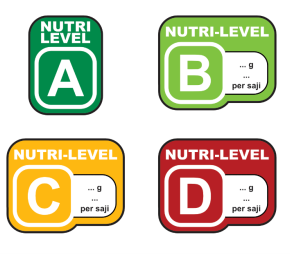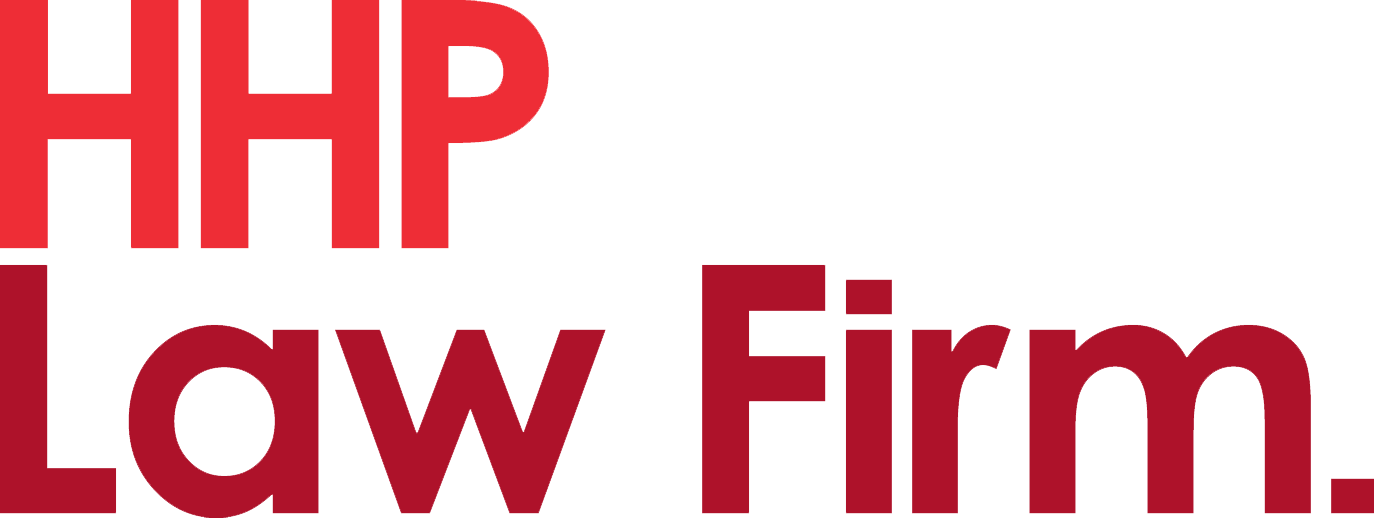In general, GR 28 sets forth regulations governing various food safety and nutritional standards. In response to these regulations, BPOM is drafting new provisions ("BPOM Draft") that will serve as the implementing regulations for GR 28, specifically on labelling matters. We prepare this client alert based on the draft regulation available at BPOM's website as of 25 February.
ING (Nutritional Value Information)
The BPOM Draft introduces several significant changes compared to the existing BPOM regulation on food labeling. Initially, the requirement for placing the ING in a location that is easy to see and read was merely voluntary and did not specify its exact position; it only stated that the label should be in a spot that is easy to see and read. The new draft, however, aims to eliminate the voluntary nature of this requirement by stipulating that the ING must appear on the front of the label. This approach, which is endorsed by the World Health Organization, is known as "front-of-pack nutritional labeling" (FOPNL).
Additionally, the BPOM Draft seems to remove the previous requirement for using a uniform shape and color (monochrome) for the label. Under the BPOM Draft, businesses are not only required to follow the FOPNL requirement but also the specific color rules outlined in the draft. The draft provides recommendations for combining different font sizes, table structures and colors to effectively communicate the nutritional content of food products.
Although it is a requirement for most products to include the ING, some products are permitted to exclude the ING requirement from their labels. In addition to the products excluded under the existing BPOM regulation, the BPOM Draft includes additional products that can be excluded, such as spice powder and black garlic. Moreover, the BPOM Draft now requires seasonings and condiments — such as ready-to-use seasonings, beef or chicken extract seasonings, flavoring agents, and other packaged condiments — to include the ING, which is a change from the existing regulation.
Nutri-Level label
The requirement to place the ING on the front of the label includes the Nutri-Level system. According to the BPOM Draft, the Nutri-Level label will indicate a product's nutritional content with letters based on its GGL levels per 100 grams of ready-to-consume food or 100 milliliters of beverages as shown in the table below. For the details, use the table below for reference:
|
GGL Content
|
Level |
| A |
B |
C |
D |
| Sugar (gram) |
≤ 0.5 |
> 0.5 - ≤ 6.0 |
> 6.0 - ≤ 12.5 |
≥ 12.5 |
| Salt (milligram) |
≤ 5.0 |
> 5.0 - ≤ 120.0 |
> 120.0 - ≤ 500.0 |
> 500.0 |
| Fat (gram) |
≤ 0.5 |
> 0.5 - ≤ 3.0 |
> 3.0 - ≤ 17.0 |
> 17.0 |
In addition to the Nutri-Level classification, there following specific requirements must be met for each level:
- Level A: Products must not contain any natural or artificial sweeteners (bahan tambahan pemanis natural and buatan).
- Level B: Products may only use natural sweeteners (bahan tambahan pemanis natural).
- Levels C and D: Products may contain either or both natural and artificial sweeteners (bahan tambahan natural dan buatan).
This labeling system is designed to assist consumers in making healthier choices by clearly displaying nutritional information at a glance. While products categorized as Levels A and B are not required to display their Nutri-level (making it voluntary), those in Levels C and D must show their Nutri-Level on the front of their packaging.
Once determined, businesses may display the Nutri-Level in several formats, accompanied by details of the content. There are three formats regulated by the BPOM Draft: horizontal, vertical and simplified. Below is an example of the simplified label:

This requirement helps shoppers easily identify products that align with their dietary preferences.
Healthier Choice label
The Healthier Choice label is an identifier designed to help consumers easily recognize healthier food and beverage options compared to similar products. There is no specific spot required by the relevant regulation to place the logo, as both the existing BPOM regulation and the BPOM Draft only require the logo to be placed in a spot that is easy to see and read. Displaying this label can provide several advantages for businesses, such as attracting more customers and potentially allowing them to charge higher prices due to the perceived benefits of healthier options. However, not all products can automatically be deemed healthier; they must meet specific nutrient profile criteria established for each type of processed food.
To qualify for the Healthier Choice label, products must satisfy certain thresholds based on their nutrient content. These criteria typically include limits on the following:
- Saturated fat: products must contain lower levels of saturated fat compared to similar items.
- Sugar: there are restrictions on added sugars to ensure that labeled products are healthier alternatives.
- Sodium: the label requires that sodium content be reduced to promote heart health.
The BPOM Draft outlines a comprehensive framework for various types of processed foods and their nutrient profiles. Below is a summary of the key aspects based on products that are widely recognized and commonly found in the market:
| Products |
Content |
Maximum threshold |
|
Ready to drink beverages
|
Sugar |
6 grams per 100 milliliters |
| Instant noodles or pasta |
Fat |
20 grams per 100 grams |
| Salt |
900 milligrams per 100 grams |
If businesses meet the specified criteria for maximum and minimum content levels associated with the respective product categories, along with other requirements outlined above, they may display the Healthier Choice logo on their product labels. This logo serves as a visual indicator that the product aligns with established nutritional standards, helping consumers easily identify healthier options in the marketplace.
* * * * *

© 2025 HHP Law Firm. All rights reserved. In accordance with a common terminology used in professional service organizations. reference to a "partner" means a person who is a partner, or equivalent in such a law firm. Similarly reference to an "office" means the office of any such law firm. This may qualify as "Attorney Advertising" requiring notice in some jurisdictions. Prior results do not guarantee a similar outcome

